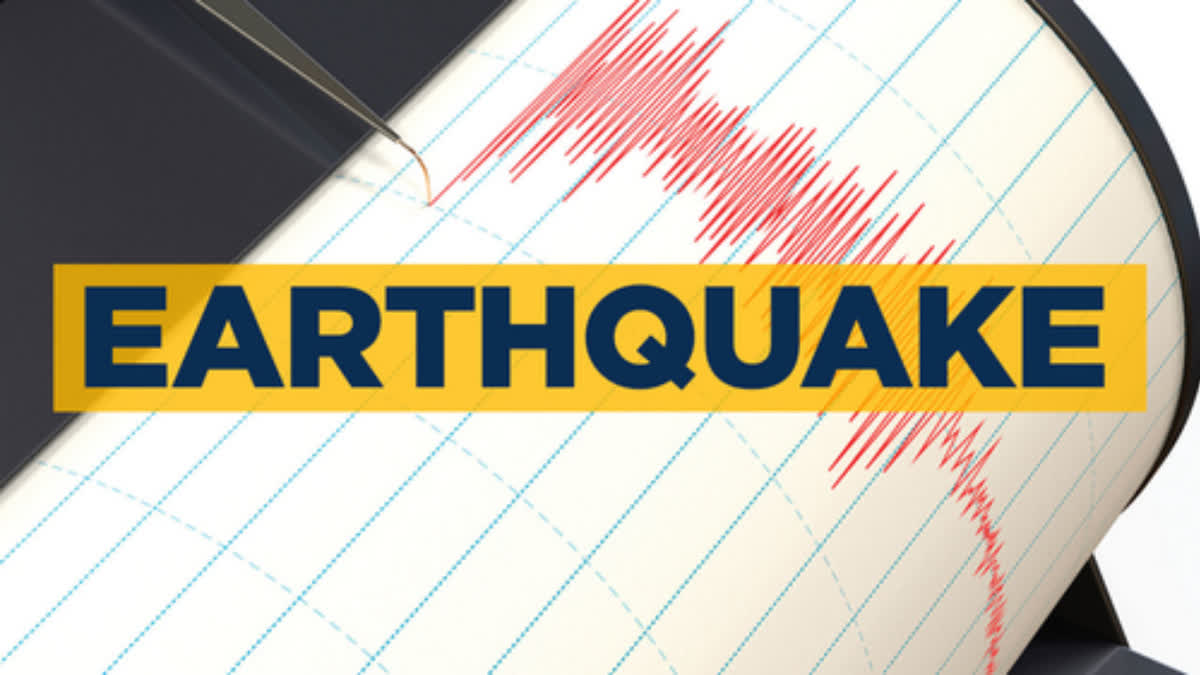New Delhi: In a recent seismic event, Nepal's Bajhang district experienced two significant earthquakes, measuring 6.3 and 5.3 on the Richter scale, as reported by Nepal's Seismological Centre.
The tremors were also felt in various parts of northern India, including New Delhi. However, as of Tuesday evening, no casualties have been reported. Meanwhile, concerns remain as potential aftershocks could further impact the affected areas. To mitigate risks, the Indian government's National Disaster Management Authority has issued a set of guidelines aimed at preparing individuals for earthquakes, both before, during and after such incidents.
North India jolted after 6.2 magnitude earthquake hits Nepal, people rush out to safety
Before an earthquake strikes...
- The populace is urged to consult a structural engineer to reinforce their homes against seismic activity.
- Measures such as repairing deep plaster cracks on walls and ceilings.
- Securely fasten shelves to walls, place heavy/large objects on lower shelves.
- Have an emergency kit ready.
- Develop an emergency communication plan for the family.
- Learn the technique of 'Drop-Cover-Hold.
During an earthquake...
- Stay calm and do not panic.
- DROP under a table; COVER your head with one hand and HOLD the table till the tremors last.
- Run outside as soon as the tremors stop - DO NOT use lift.
- When outside move away from buildings, trees, walls and poles.
- When inside a vehicle-pull over in an open place and remain inside and avoid bridges.
Post-earthquake...
- Individuals are urged to refrain from entering damaged buildings.
- If trapped in the rubble, precautions such as not lighting matches, covering the mouth with a cloth, tapping on a pipe or wall, sounding a whistle, and raising voice for help as a last resort are outlined.
- It is recommended to use stairs and avoid elevators for evacuation.
In response to the seismic activity, the Delhi police has taken proactive steps by providing a helpline number (112) for the public to seek emergency assistance and urged the public to stay calm and not panic in any situation. These measures are vital in ensuring the safety and well-being of the population during seismic events.



